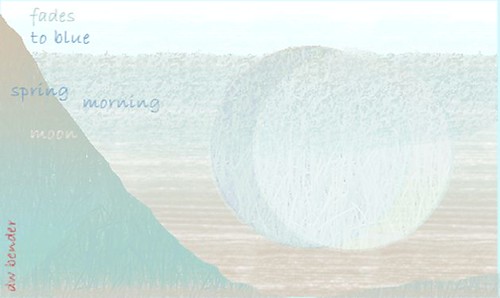Twitter Poetry and Mobility in Art
Twitter is the ultimate social networking site. The last trend for new media junks. Journalists, politicians, writers, artists, depressed teenagers, hyper-active middle-aged Internet addicted, new Iphone owners, everyone seems to be out there, on Twitter. Of course, because Facebook is so 2006.
What Twitter seems to scream is: back-to-basic. Twitter has basically only one function: you can only write a very short status update (sorry for the inappropriate Facebook lexicon). This message cannot be longer than 140 characters. Of course there is an appropriate way to communicate on Twitter, that makes use of his very basic structure to include more functions. For instance, you can answer someone else’s tweet by mentioning @hisnickname, you can also add an url or even keywords, which will be retrieved in case someone looks for them in the search box. You can also write direct private messages to your contacts. Unfortunately, also these are limited to 140 characters.
When I have to do with something new, especially if we are talking media stuff, it is in my nature to ask myself: what can I do with it? And because I am a fan of arts in general, what can artists do with it? I love reading and literature, and when I look at a new written medium, like Twitter is, I ask myself what this medium can change in the way we produce and we read art, in this case poetry.
Twitter allows only very short texting, which is the reason why some find it too limiting for writing. On the other hand, this limitation could become its big potential. If we focus on poetry, of course we can name the example of haiku to show how shortness doesn’t necessarily mean less meaning or less value.
Haiku is a very specific form of poetry that has his origins in Japan. Nowadays Haikus are written in many different languages, though. Most contemporary Haiku writers belong to the English speaking world (US in particular) or come from the Balkans. Therefore the original Haiku form cannot be respected literally, because it finds his reason of being in the Japanese language. Nevertheless there are other rules, which kind of correspond with the original ones:
– Use of three (or fewer) lines of 17 or fewer syllables;
– Use of a season word;
– Use of a cut to contrast and compare, implicitly, two events, images, or situations.
Another peculiarity of Twitter is the mobility of the service. This does not only depend on how Twitter is structured and provided of course, but it is the consequence of mobile computing devices and mobile Internet spread in general. Social networking applications for mobile devices are part of this: mobility is a very important shift in on-line collaboration because it influences also the nature and the subjects of content.
Based on these first observations, I will explore the use and value of Twitter as an artistic tool. In particular I will focus on language use related to new media poetry. By doing this, I think I will also be able to explore that realm of user generated content that has to do with creative writing and arts in general. The results will be updated soon on my personal blog.
